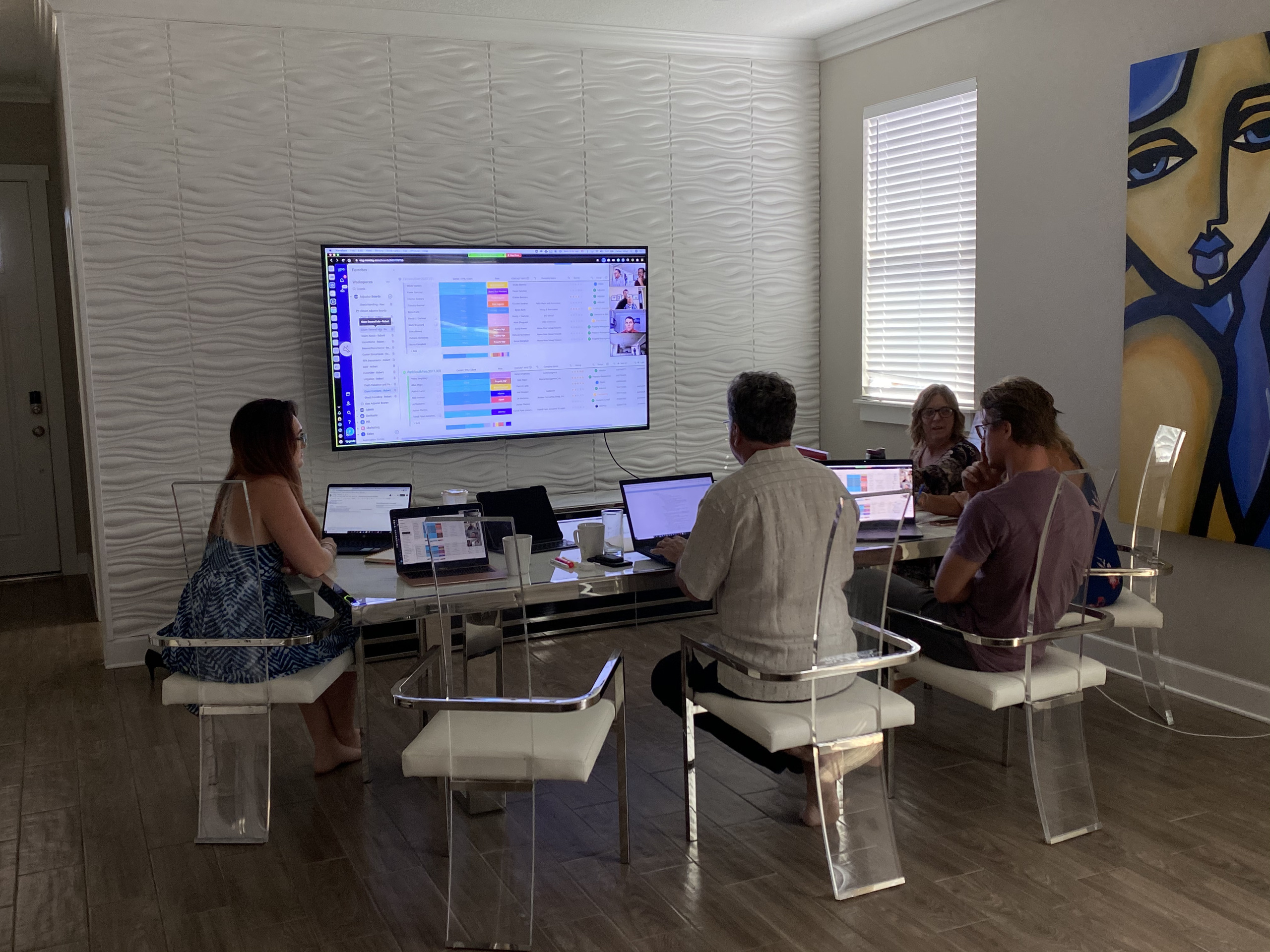Hard Cost Vs. Soft Cost Construction: What’s The Difference?

Where construction project budgeting and management are concerned, distinguishing between hard cost vs. soft cost construction is important. These terms refer to different categories of expenses incurred during the construction process, each playing a distinct part in the overall project budget. In this article, we will explore the differences between hard-cost and soft-cost construction and will help you better understand their meaning.
Hard Costs: The Foundation of Construction Expenses
Hard costs, also known as direct costs, represent the tangible, physical expenses directly associated with the construction of a building or structure. These costs usually include materials, labor, equipment, and fees related to the physical construction work. Hard costs are important components of the project budget that directly contribute to the completion of the construction phase.
Components of Hard Costs
- Materials: This includes the cost of raw materials needed for construction, like lumber, concrete, steel, roofing materials, plumbing fixtures, and electrical components.
- Labor: Hard costs include payments made to contractors, subcontractors, and laborers involved in the actual construction work, including wages, benefits, and payroll expenses.
- Equipment and Machinery: Expenses related to the use of construction equipment, tools, and machinery on-site are classified as hard costs.
- Permits and Fees: Certain fees, like building permits, impact fees, and inspection costs directly related to construction activities, fall under hard costs.
- Site Preparation: Costs associated with site clearing, excavation, grading, and utility installation are considered hard costs because they are directly tied to physical construction tasks.
Soft Costs: Essential Non-Physical Expenses
Soft costs, also known as indirect costs or project management costs, are expenses not directly related to physical construction but are necessary for the project’s planning, design, and management. These costs are critical for project coordination, compliance, and overall success.
Components of Soft Costs
- Architectural and Engineering Fees: Costs associated with hiring architects, engineers, and design professionals for project planning and design fall under soft costs.
- Permitting and Legal Fees: Soft costs include fees for obtaining various permits, licenses, and legal services required for project approval and compliance.
- Project Management: Expenses related to project management, including contractor supervision, project coordination, scheduling, and administrative overheads, are categorized as soft costs.
- Insurance and Taxes: Soft costs also include insurance premiums, property taxes, and other financial obligations associated with the project.
- Marketing and Sales: For commercial projects, soft costs may include marketing and sales expenses used for promoting the property once completed.
Importance of Understanding Hard and Soft Costs
Differentiating between hard-cost vs. soft-cost construction is necessary for accurate budgeting, cost control, and financial planning in projects. Understanding the distinction helps project managers and stakeholders allocate resources and prioritize spending based on project requirements and goals.
Addressing Construction Concerns: We’re Your Trusted Guide
When it comes to construction projects, whether it’s a new development or a renovation, concerns and questions are bound to arise. Stone Building Solutions knows all about the complexities involved and we are dedicated to providing you with the guidance and support you need throughout the entire process.
Don’t let construction concerns overwhelm you. Call 407-663-5312 or use our online form to schedule a consultation with Stone Building Solutions today. Let our knowledgeable team be your trusted guide, providing the clarity and support you need to make the best possible decisions and achieve your construction goals.
